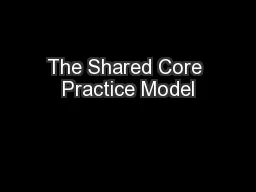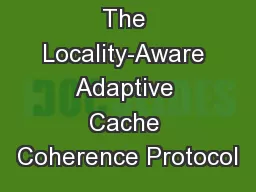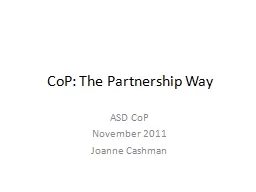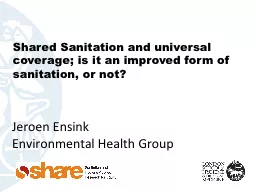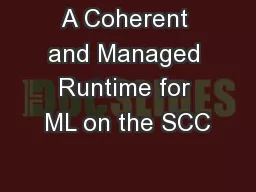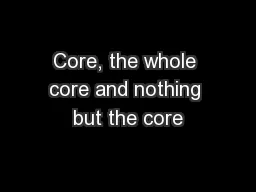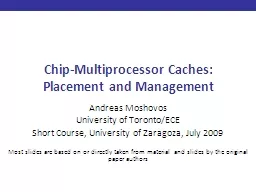PPT-The Shared Core Practice Model
Author : test | Published Date : 2017-11-13
LOS ANGELES COUNTY Learning Objectives To learn about the Katie A Settlement Agreement and its impact on the Child Welfare and Mental Health systems To appreciate
Presentation Embed Code
Download Presentation
Download Presentation The PPT/PDF document "The Shared Core Practice Model" is the property of its rightful owner. Permission is granted to download and print the materials on this website for personal, non-commercial use only, and to display it on your personal computer provided you do not modify the materials and that you retain all copyright notices contained in the materials. By downloading content from our website, you accept the terms of this agreement.
The Shared Core Practice Model: Transcript
Download Rules Of Document
"The Shared Core Practice Model"The content belongs to its owner. You may download and print it for personal use, without modification, and keep all copyright notices. By downloading, you agree to these terms.
Related Documents

